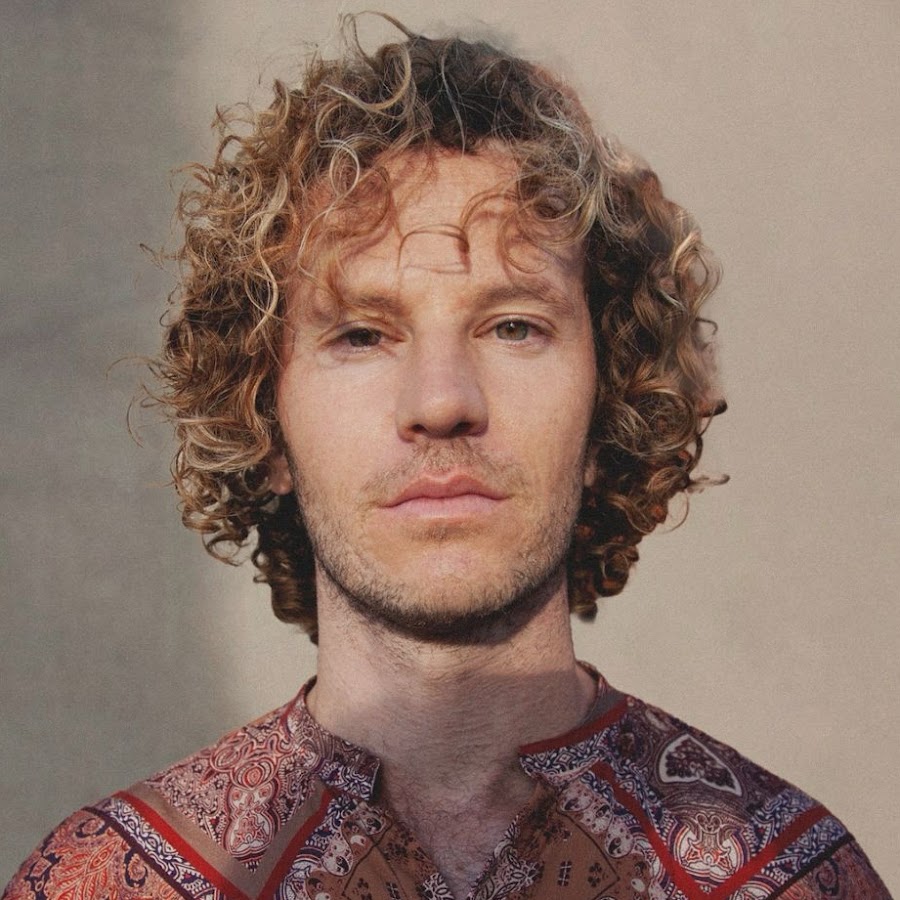As the protagonist of the Dragon Ball franchise, Goku has often far outpaced the rest of the Z Fighters in terms of raw combat strength, often making the rest of his friends irrelevant on the battlefield as he became the universe's only hope for salvation. This power disparity was even more glaringly noticeable in Dragon Ball Z, with Goku achieving the Super Saiyan 3 transformation and far surpassing his longtime frenemy Vegeta as he returned to take on Majin Buu in an epic showdown. Fortunately, DBZ's sequel series Dragon Ball Super appears to have leveled the playing field, with considerably more care taken with its power scaling.
While Goku was far stronger than Vegeta throughout most of DBZ, Vegeta managed to close the gap with his old rival relatively early within Super as both Saiyans began training together under the angelic attendant Whis. This led to both warriors achieving the Super Saiyan Blue transformation around the same time, and the two friends remained close in general power level for much of the series. While Goku would achieve the Ultra Instinct by the end of Super's anime series, Vegeta would match this with his own Ultra Ego transformation in the manga continuation that near-matched Goku as they faced off against Granolah.
The increased relevance of Z Fighters beyond Goku extends to encompass more than just Vegeta, with many of the human fighters becoming more prominent in Super than they had by the end of DBZ. The Z Fighters would reassemble to defend Earth when the resurrected Frieza sought his revenge, with often overlooked characters like Tien and Master Roshi fending off Frieza's army of minions.
This increased prominence for the non-Saiyan characters was especially apparent during Super's Tournament of Power, with many fan-favorite characters helping represent Universe 7. Even though the martial arts contest saw the Z Fighters take on the most powerful warriors in the multiverse, each of the Z Fighters performed admirably, with Android 17 -- not Goku or Vegeta -- ultimately emerging victorious.
Although the other characters never quite matched Goku and Vegeta in terms of raw power, they compensated for the discrepancy in logical ways over the course of Super in a way they never attempted in DBZ. Krillin, Tien and Roshi each drew from their extensive martial arts training to outmaneuver physically superior opponents, while Gohan revealed he had found his own path to power outside of the conventional Super Saiyan tract to stand roughly on par with his father's strength. In the manga series beyond the Tournament of Power, even Yamcha would become an active fighter once again, helping his friends defend Earth from Moro's army of escaped galactic prisoners invading the planet and earning some overdue victories.
By the end of Dragon Ball Z, it was clear that only Goku was a viable candidate to save the day, even with the Cell Games Saga positioning Gohan as the next protagonist to succeed him. However, although Goku certainly maintains his standing as the strongest character among the Z Fighters, Dragon Ball Super has helped his friends close the gap and become relevant once again after being left behind in Goku's Super Saiyan wake in DBZ. Dragon Ball started with many of its characters on a similar tier, and Super is getting back to that status after stumbling with power creep in the past.
About The Author

